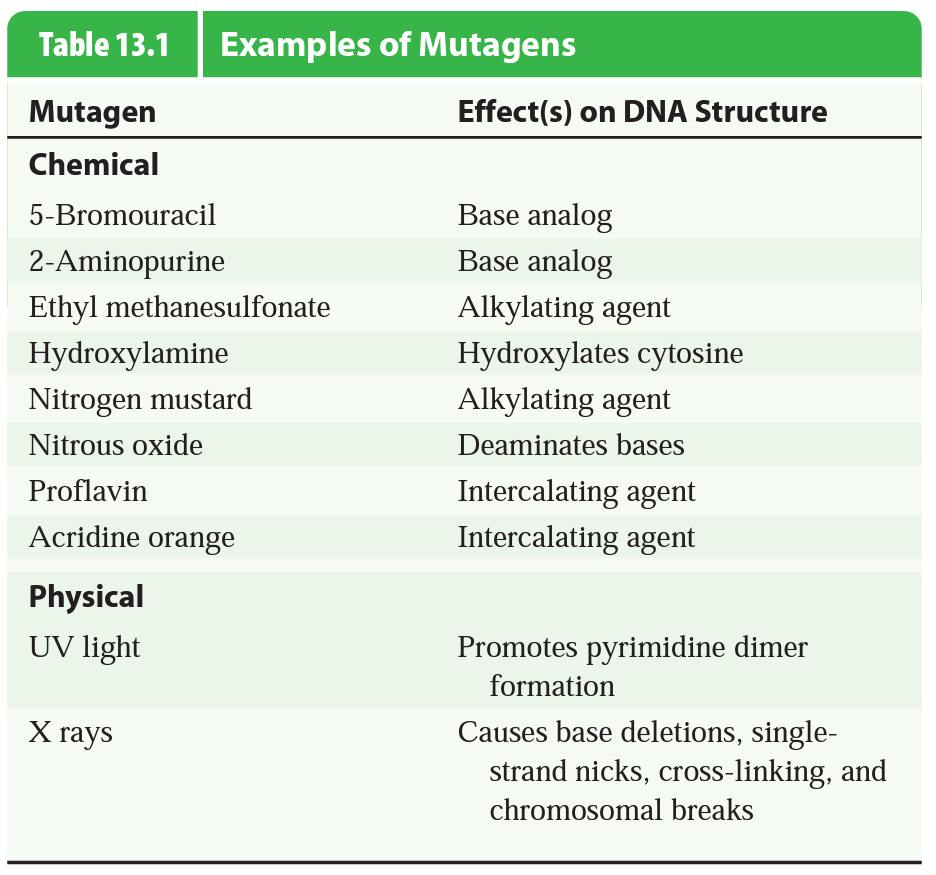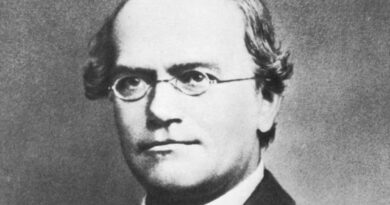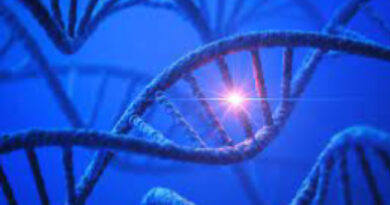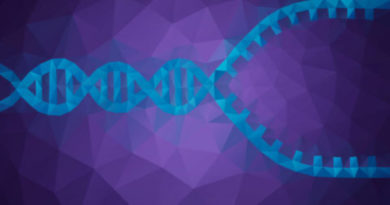Mutations And Their Chemical Basis
Mutations were initially characterized as altered phenotype, but they have now understood at the molecular level. Several types of mutation exist.
Some mutations arise from the alteration of single pairs of nucleotides and from the addition or deletion of one or more nucleotide pairs in the coding regions of a gene. Although, there is fully foolproof correction mechanism is there to correct the DNA and removal of such changes, but some time they remain hidden in the DNA from the correction mechanisms and later appear at the time of transcription.

Such small changes in DNA are sometimes called micro lesions, and the smallest of these are called point mutations because they affect only one base pair in a giving location. Larger mutations (macrolesions) are also recognized, but are less common. These include large insertions, deletions, inversions, duplications, and translocations of nucleotide sequences.
Mutation may be divided on two types, on the bases of how and why they appear.
- Spontaneous mutations arise occasionally in all cells and occur in the absence of any added agents.
- Induced mutation these type of mutation are the result of exposure to a mutagen, which can be either physical or chemical agent.
Mutations can be characterized according to either the kind of genotypic change that has occurred or their phenotypic consequences.
Spontaneous Mutations
As we know, spontaneous mutation is the sudden change in gene sequence in the absence of any added agents. This may result from the errors in DNA replication or from the action of mobile genetic elements such as transposons.
Spontaneous mutations are “the net result of all that can go wrong with DNA during the life cycle of an organism” — Glickman et al, 1986
Replication errors can occur when the nitrogenous base of a template nucleotide takes on a rare tautomeric form. Tautomerism is the relationship between two structural isomers that are in chemical equilibrium and readily change into one another.
These tautomeric shifts change the hydrogen-bonding characteristics of the bases, allowing purine for purine or pyrimidine for pyrimidine substitutions that can eventually lead to a stable alteration of the nucleotide sequence. Such substitutions are known as transition mutations and are relatively common. However, transversion mutations, mutations where a purine is substituted for a pyrimidine, or a pyrimidine for a purine, are rarer due to the steric problems of pairing purines with purines and pyrimidine with pyrimidines.
There may be addition or deletion of purines or pyrimidine from DNA as a replication errors. These mutations generally occur where there is a short stretch of the same nucleotide. In such a location, the pairing of templates sequence leading to additions or deletions of bases in the new strand.
Spontaneous mutations can also originate from lesions in DNA as well as from replication errors.
Induced Mutations
Any agent that directly damages DNA, alters its chemistry, or in some way interferes with its functioning will induce mutations. Mutagens can be conveniently classified according to their mode of action. Three common types of chemical mutagens are base analogs, DNA – modifying agents, and intercalating agents. A number of physical agents (e.g. radiation) damage DNA and also are mutagens.
Base Analogs
These are similar to normal nitrogenous bases and can be incorporated into the growing polynucleotide chain during replication. Once in place, these compounds typically exhibit base pairing properties different from the bases they replace and can eventually cause a stable mutation.
DNA – Modifying Agents
DNA – modifying agents change a base’s structure and therefore alter its base pairing characteristics. Some mutagens in this category are fairly selective; they preferntailly react with some bases and produce a specific kind of DNA damage.
Intercalating Agents
Intercalating agents distort DNA to induce single nucleotide pair insertions and deletions. These mutagens are planar and insert themselves between the stacked bases of the helix. This result in a mutation, possibly through the formation of a loop in DNA. Intercalating agents include acridines such as pro flavin and acridine orange.
Reference: Prescott Microbiology



